Best African Safaris & Travel Services – African Authentic Safaris Ltd
11 Days / 10 Nights Kenya Cultural Photography Safari
from 0 review
10 days 9 nights
Daily Tour
Unlimited
___
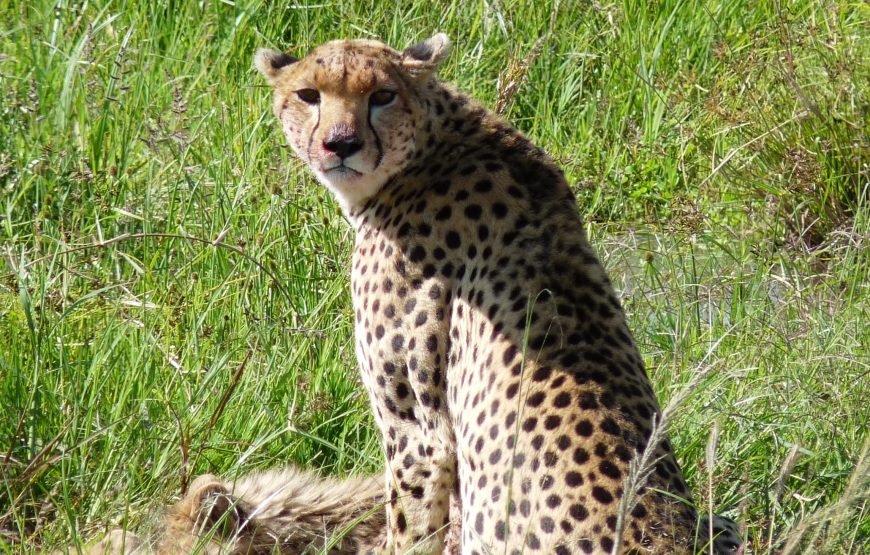
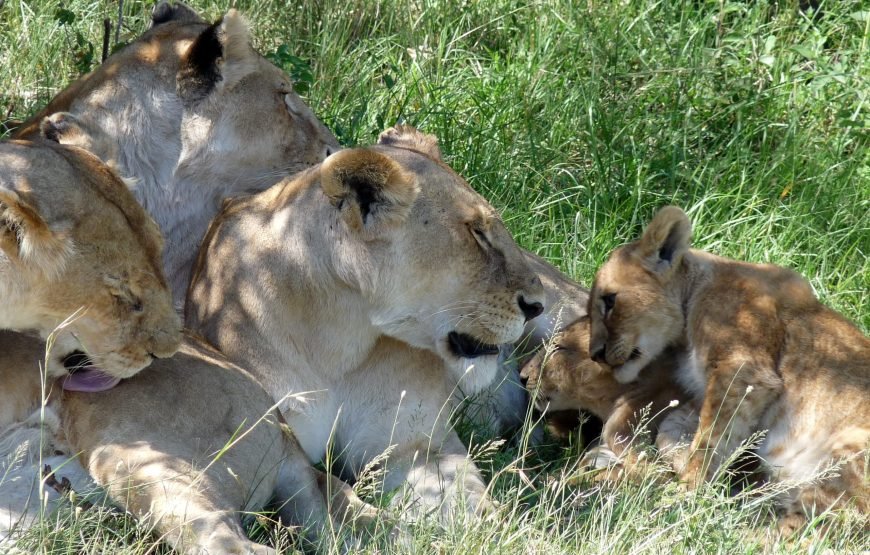
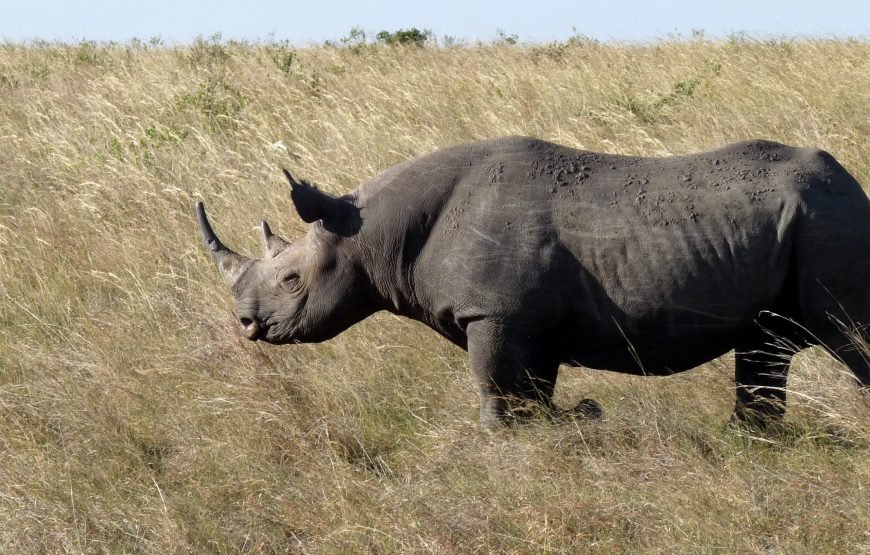
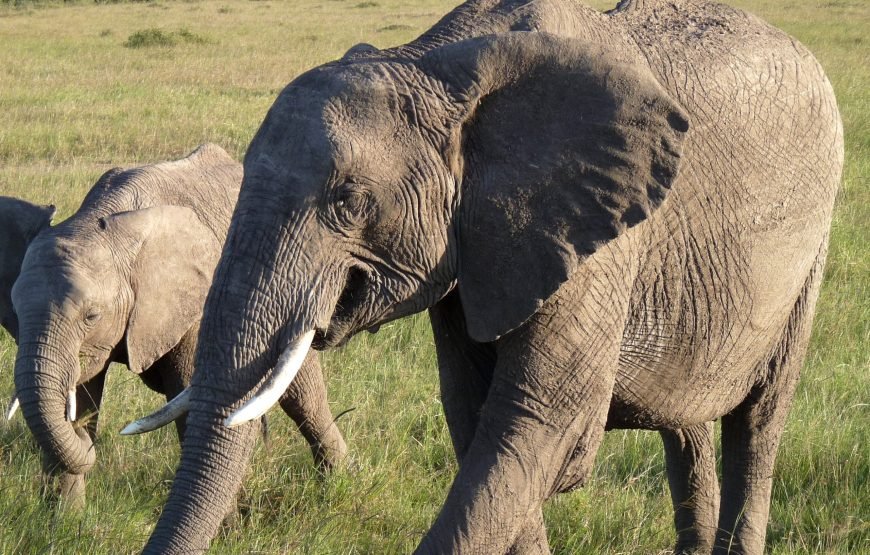
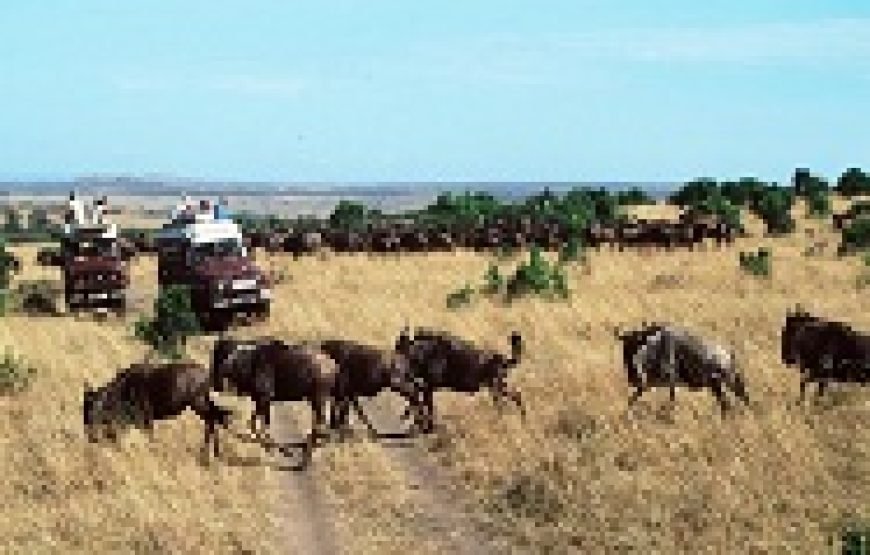
Embark on an unforgettable journey through Kenya’s diverse landscapes and rich cultural tapestry with our Cultural Photography Safari. This 10-day adventure is designed to capture the
essence of Kenya through your lens, offering a perfect blend of wildlife encounters and cultural
immersion. From the vast savannas of the Maasai Mara to the flamingo-fringed shores of Lake Nakuru, you’ll have the opportunity to photograph some of Africa’s most iconic wildlife in their natural habitats.
Our safari goes beyond wildlife, delving deep into Kenya’s vibrant cultures. You’ll engage with the Maasai and Samburu communities, capturing their colorful traditions, daily life, and ancient customs. Expert guides and photography instructors will be on hand to help you perfect your technique and ensure you return home with stunning images that tell the story of Kenya’s natural beauty and cultural heritage.
Throughout the journey, you’ll stay in a carefully selected mix of comfortable lodges and
authentic tented camps, each chosen to enhance your photography experience. Whether you’re a
seasoned photographer or an enthusiastic amateur, this safari offers unparalleled opportunities to
improve your skills while experiencing the magic of Kenya.
Highlights
- Photograph the Big Five in world-renowned national parks and reserves
- Capture the great wildebeest migration in the Maasai Mara (seasonal)
- Engage with Maasai and Samburu communities for authentic cultural photography
- Shoot stunning landscapes, from savannah plains to the snow-capped Mount Kilimanjaro
- Participate in photography workshops to enhance your skills
- Visit a Maasai village for portraits and daily life scenes
- Photograph unique wildlife species in Samburu National Reserve
- Capture flamingos and diverse wildlife at Lake Nakuru National Park
- Document traditional crafts, music, and storytelling during cultural exchange programs
- Photograph orphaned elephants at the David Sheldrick Wildlife Trust
- Experience comfortable accommodations in lodges and tented camps
- Benefit from a flexible schedule designed to maximize golden hour shooting opportunities
- Learn and implement ethical and sustainable photography practices
Day 1: Arrival in Nairobi
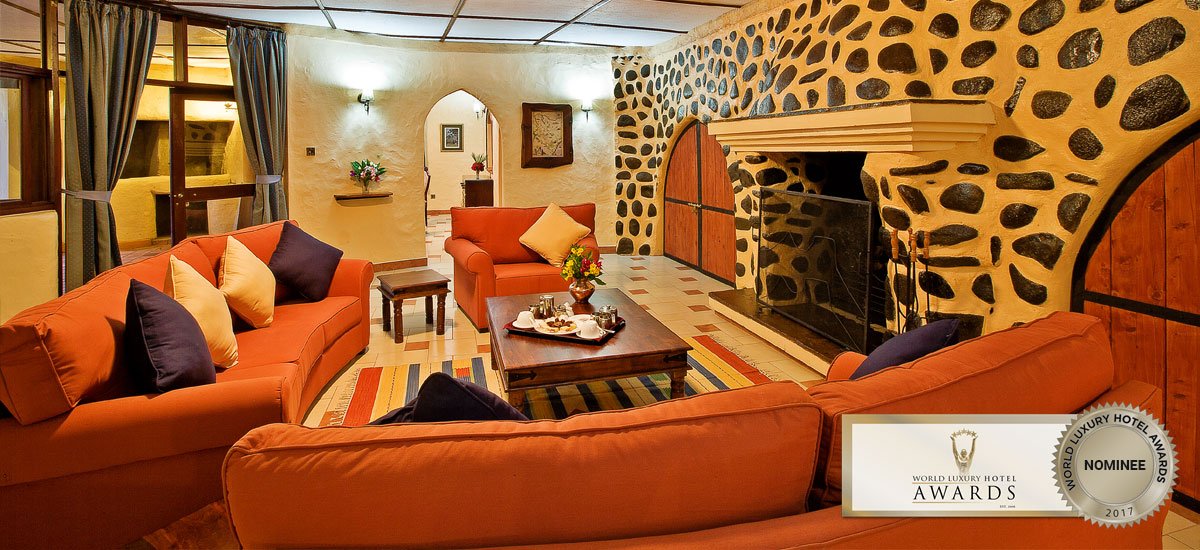
Welcome to Kenya! Upon arrival at Jomo Kenyatta International Airport, you'll be greeted by our friendly guide who will transfer you to your hotel in Nairobi. After check-in, enjoy a welcome dinner where you'll meet your fellow photographers and receive a briefing on the exciting journey ahead.
Day 2: Nairobi National Park & Bomas of Kenya
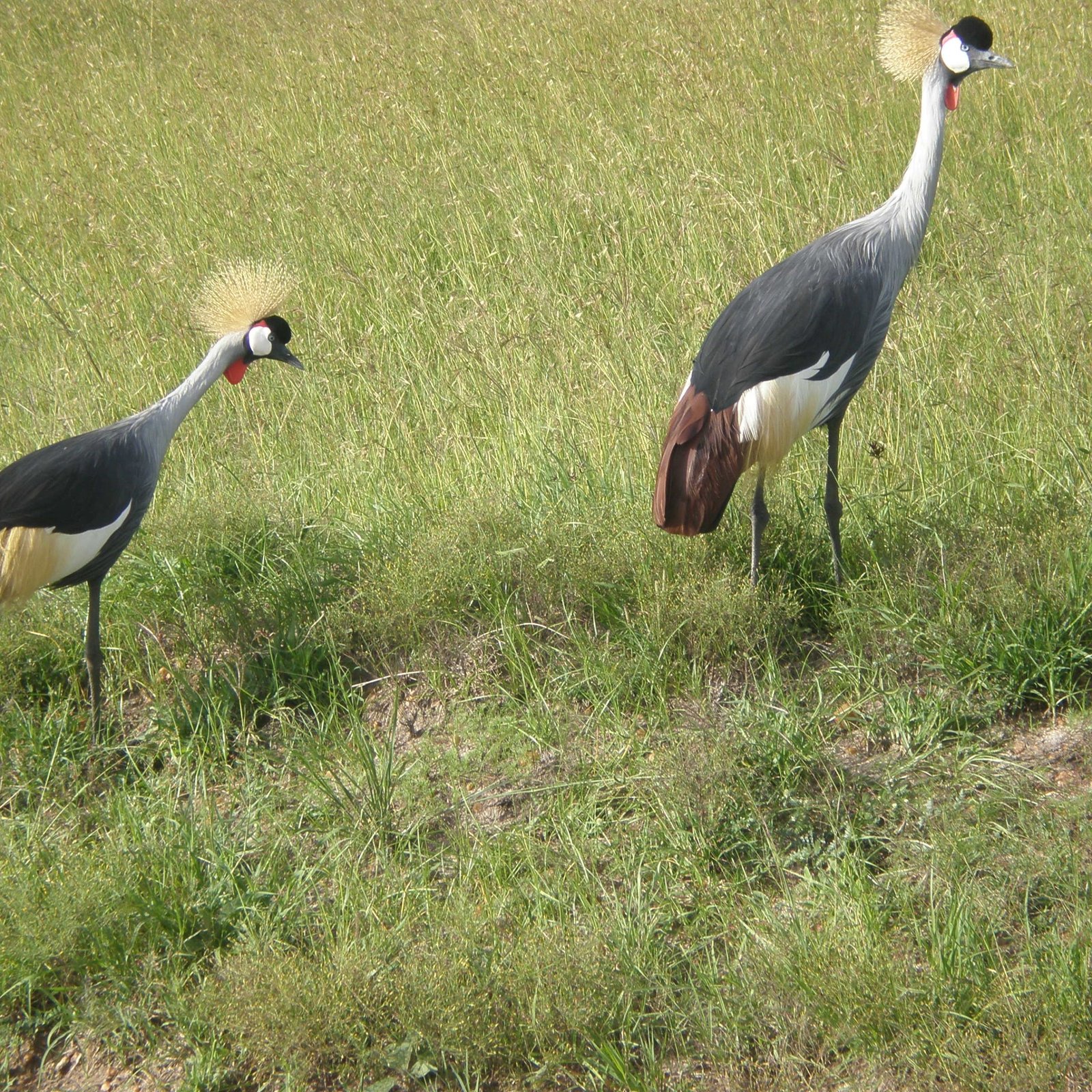
Start your day early with a sunrise game drive in Nairobi National Park, the only national park within a capital city. Capture stunning shots of wildlife against the backdrop of Nairobi's skyline. In the afternoon, visit the Bomas of Kenya for your first taste of Kenya's rich cultural heritage, where you'll photograph traditional dances and artifacts.
Day 3-4: Maasai Mara National Reserve
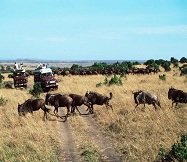
Fly to the world-famous Maasai Mara National Reserve. Over the next two days, immerse yourself in the heart of the African savannah. Enjoy game drives to photograph the Big Five and witness the great wildebeest migration (seasonal). Visit a Maasai village to capture portraits and daily life scenes of this iconic tribe.
Day 5: Lake Nakuru National Park
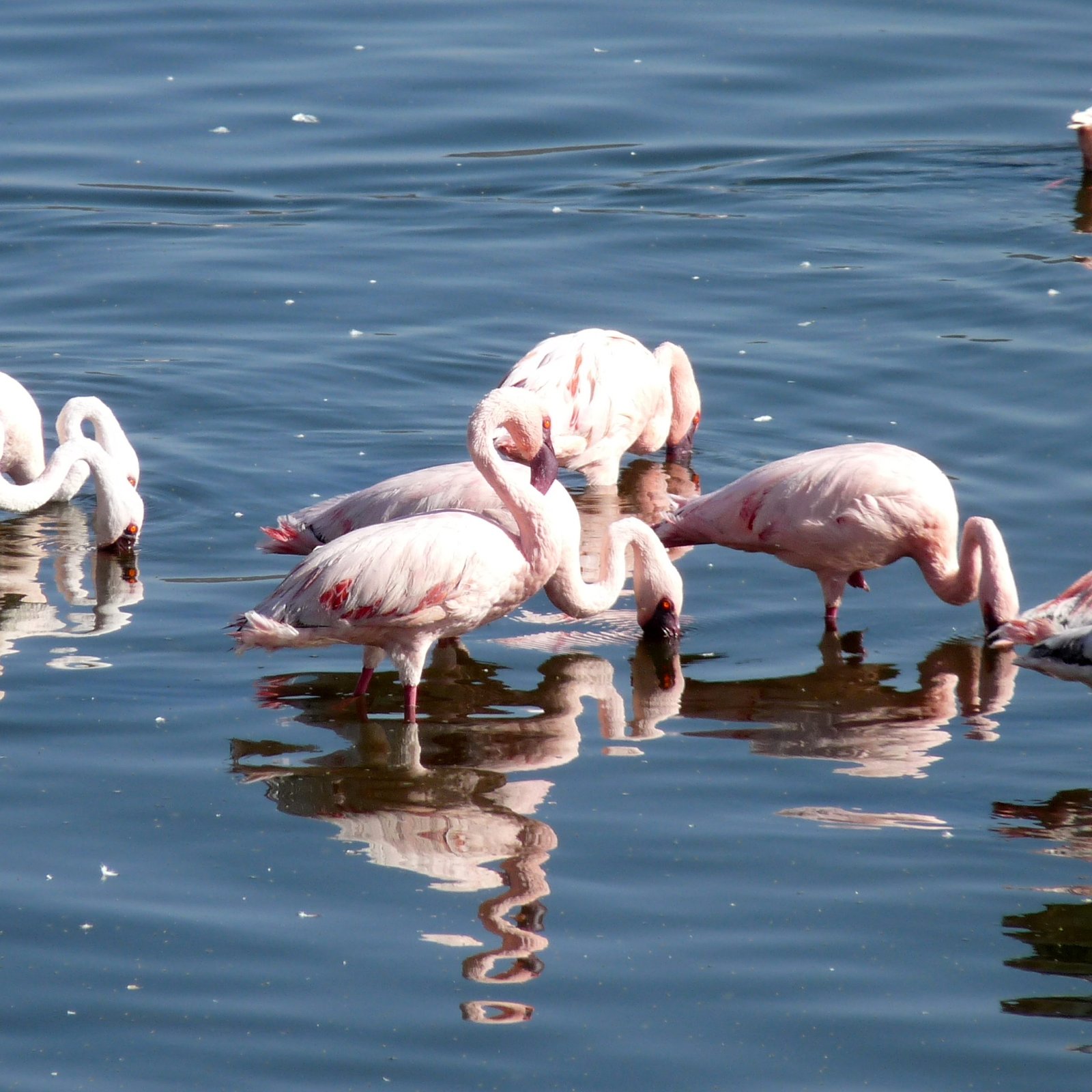
Drive to Lake Nakuru National Park, renowned for its flamingo population and diverse wildlife. Spend the day photographing the pink-rimmed lake, rhinos, and other animals in their natural habitat. In the evening, attend a photography workshop to refine your skills.
Day 6-7: Samburu National Reserve
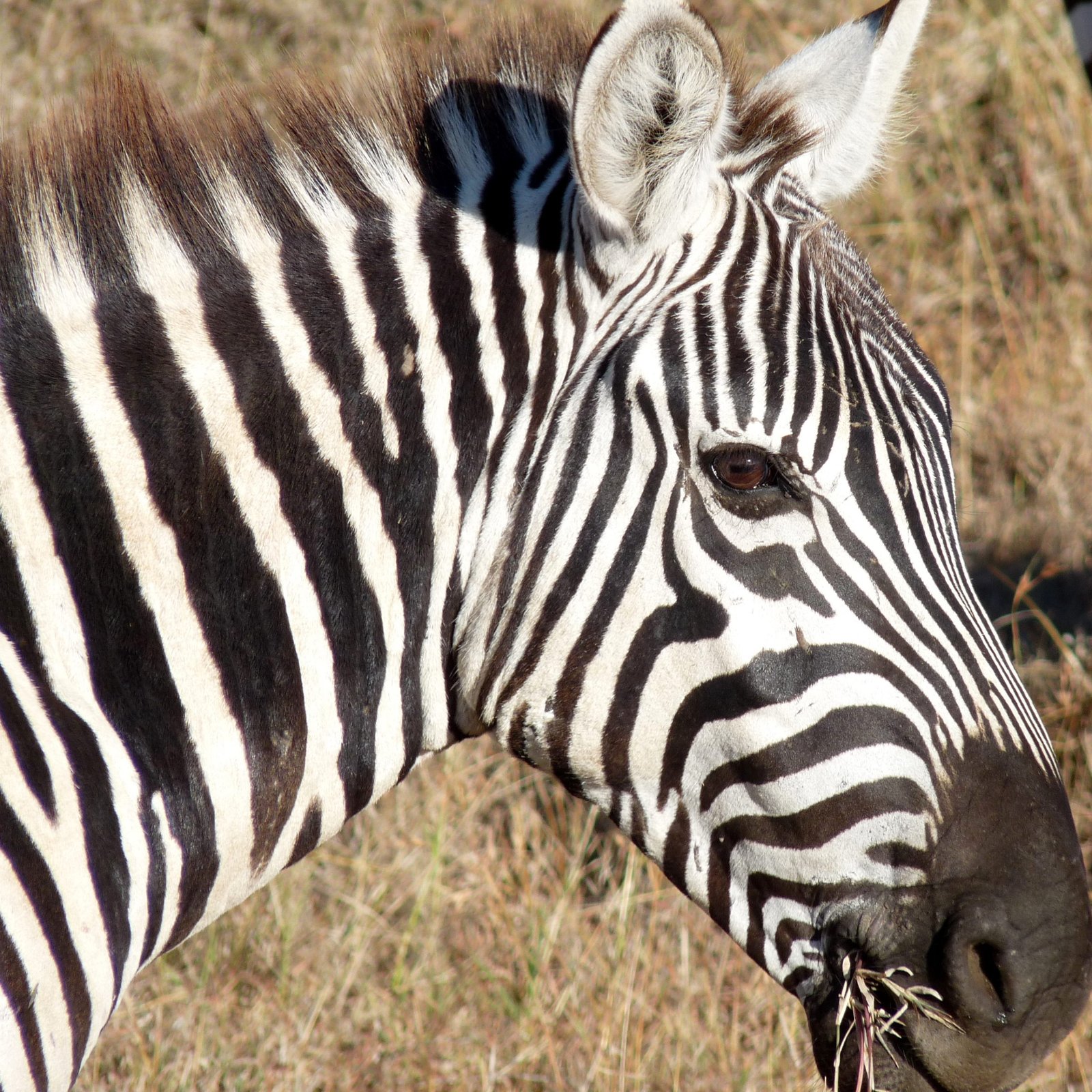
Head north to Samburu National Reserve, home to unique wildlife species like the Grevy's zebra and reticulated giraffe. Engage with the Samburu people, known for their colorful attire and intricate beadwork. Capture their traditional ceremonies and daily routines.
Day 8: Amboseli National Park

Travel to Amboseli National Park, famous for its large elephant herds and stunning views of Mount Kilimanjaro. Spend the afternoon on a game drive, focusing on capturing elephants with Africa's highest peak as a backdrop.
Day 9: Amboseli & Cultural Exchange
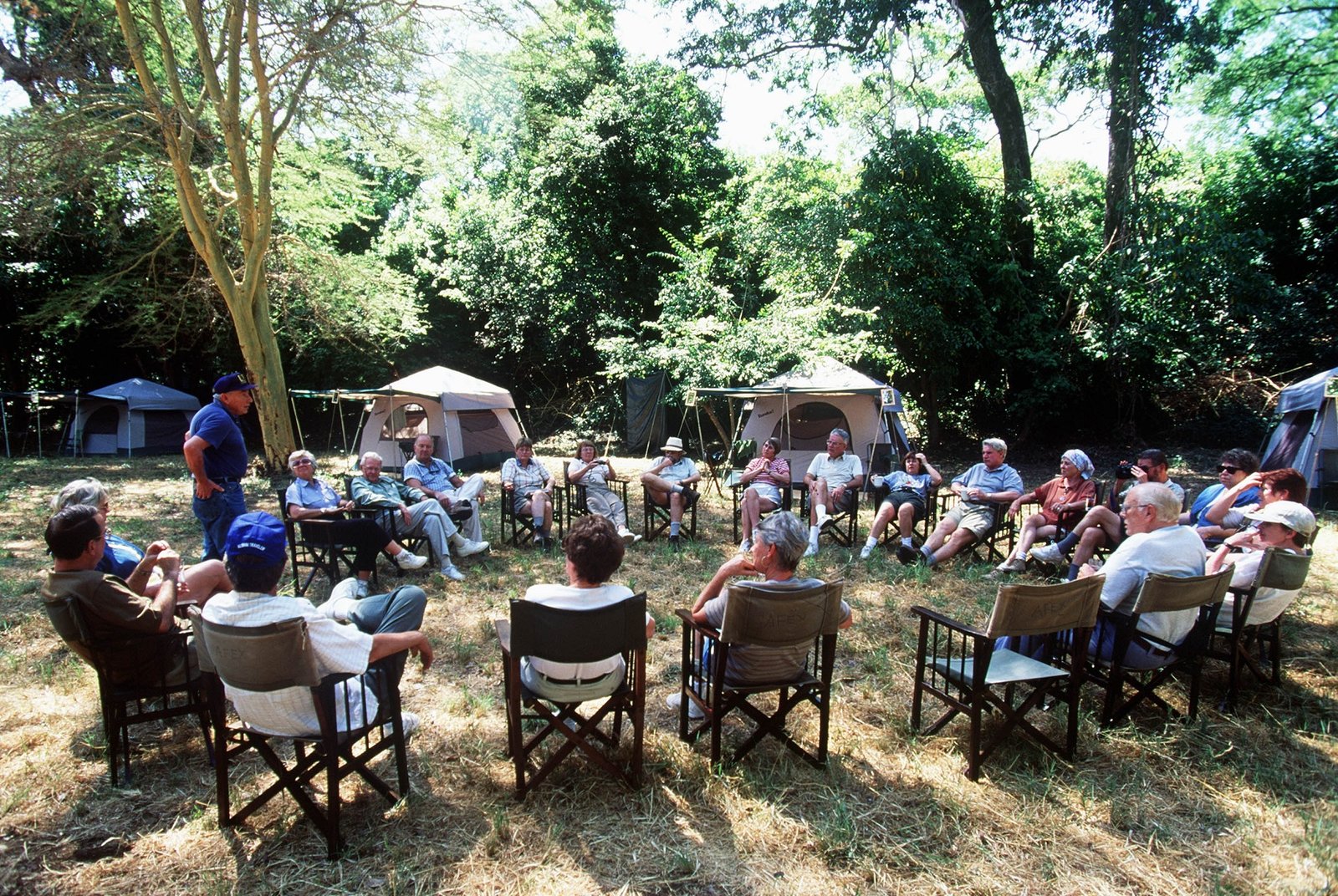
Start with a morning game drive in Amboseli. Later, participate in a cultural exchange program with local communities. Learn about and photograph traditional crafts, music, and storytelling sessions.
Day 10: Return to Nairobi & Departure
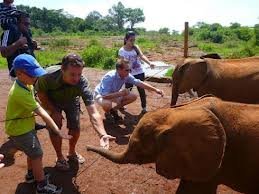
On your final day, visit the David Sheldrick Wildlife Trust to photograph orphaned elephants. Enjoy a farewell lunch at the famous Carnivore Restaurant before heading to the airport for your departure flight.
Tour's Location
What camera equipment should I bring?
For a Kenya Cultural Photography Safari, we recommend bringing: A DSLR or mirrorless camera with interchangeable lenses A wide-angle lens (16-35mm) for landscapes and environmental portrait A telephoto lens (70-200mm or longer) for wildlife photography A portrait lens (50mm or 85mm) for close-up cultural shots Extra batteries and memory cards A sturdy tripod for low-light situations A laptop for backing up and editing photos
What is the best time of year for a photography safari in Kenya?
The best time for a photography safari in Kenya depends on your specific interests: For the wildebeest migration in Maasai Mara: July to October For bird photography: November to April (migrating species are present) For general wildlife and cultural photography: June to October (dry season) offers clear skies and concentrated wildlife around water sources However, Kenya is a year-round destination, and each season offers unique photographic opportunities.
How physically demanding is the trip?
Our Kenya Cultural Photography Safari is designed to accommodate various fitness levels. Most game drives involve sitting in a vehicle, but some cultural visits may require short walks. We recommend being able to carry your camera equipment and walk on uneven terrain for short distances. Always consult with your doctor before traveling.
What cultural sensitivities should I be aware of when photographing local communities?
When photographing local communities in Kenya: Always ask for permission before taking someone's photo Respect religious and cultural sites; some may prohibit photography Be mindful of your attire; dress modestly, especially when visiting traditional communities Offer to show people their photos on your camera's LCD screen Consider bringing a portable printer to give instant photos as a gesture of goodwill Learn a few basic phrases in Swahili to establish rapport
How can I ensure my photography is ethical and sustainable?
To practice ethical and sustainable photography in Kenya: Follow park rules and never disturb wildlife for a photo Maintain a safe distance from animals and use appropriate lenses Support local communities by purchasing crafts or participating in authorized cultural programs Minimize your environmental impact by properly disposing of waste and using eco- friendly accommodations Consider donating a portion of any profits from your photos to local conservation efforts
What post-processing techniques work best for enhancing safari and cultural photos?
To enhance your Kenya safari and cultural photos: Use RAW format for maximum editing flexibility Adjust white balance to capture the warm tones of African landscapes Enhance contrast and clarity to bring out textures in wildlife fur and cultural artifacts Use selective sharpening to highlight key elements in your images Experiment with black and white conversions for dramatic portraits and wildlife shots Apply subtle vignetting to direct focus to your main subject Use noise reduction for low-light or high-ISO images Remember, the goal is to enhance, not drastically alter, the natural beauty of your subjects.

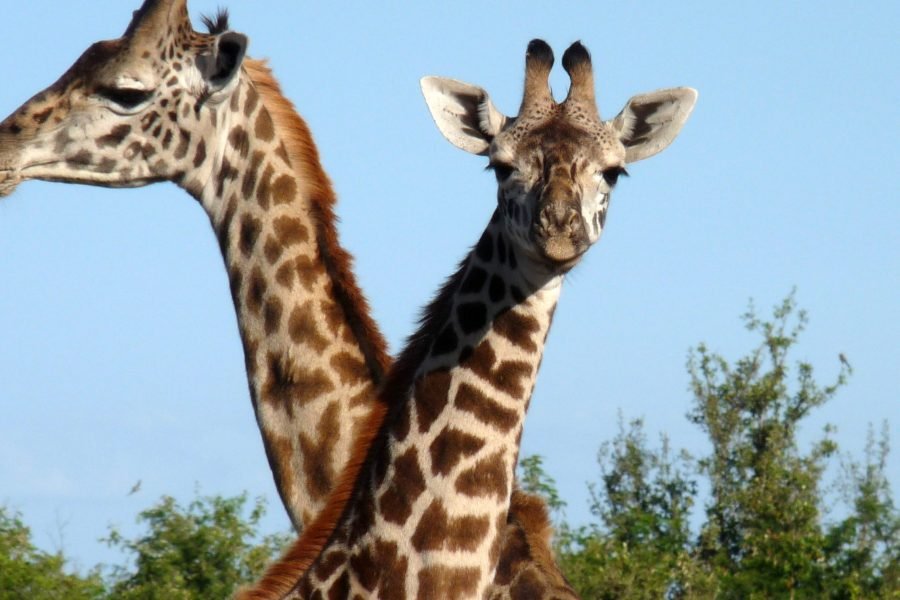
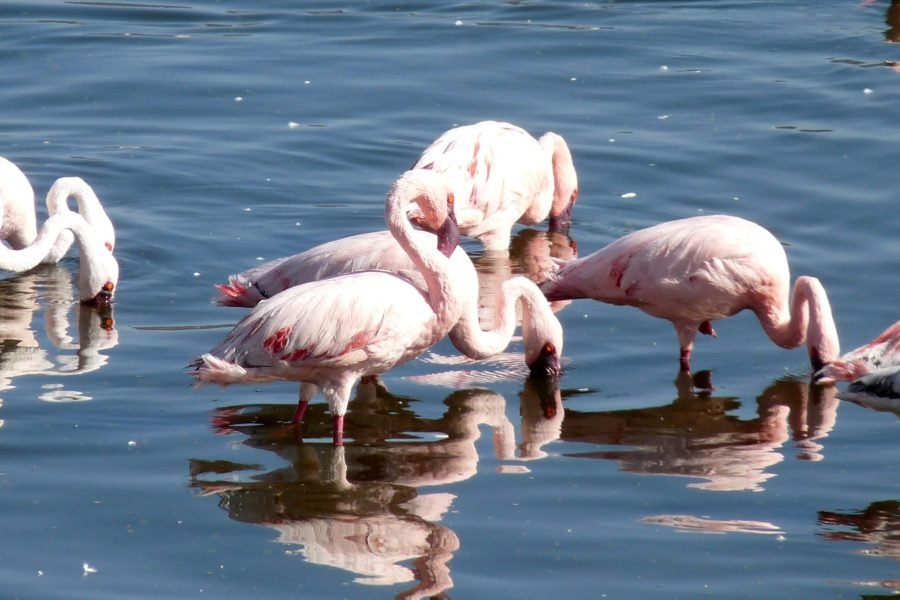
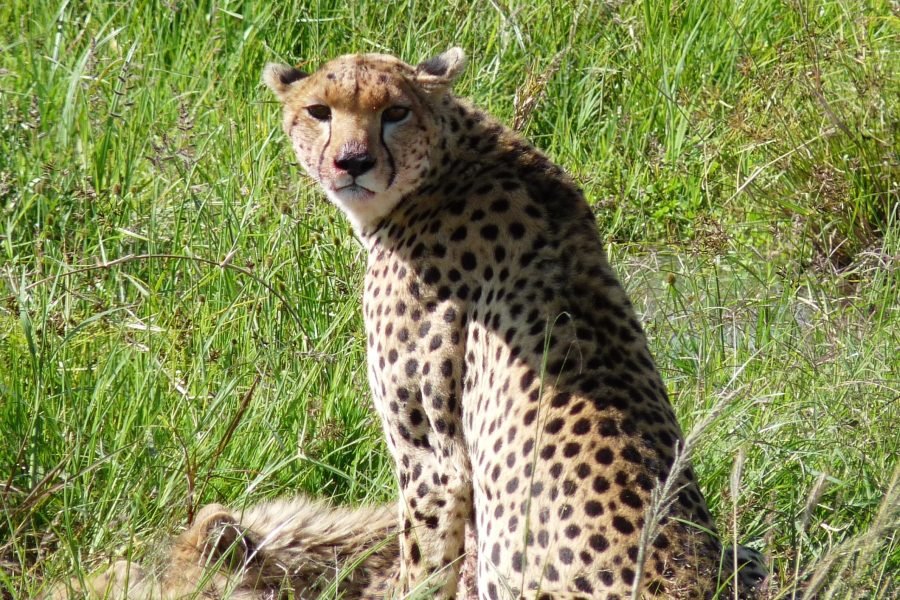
Leave a review